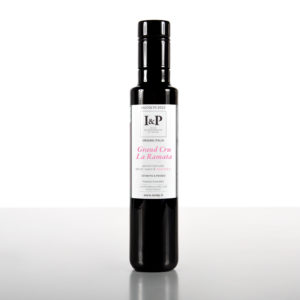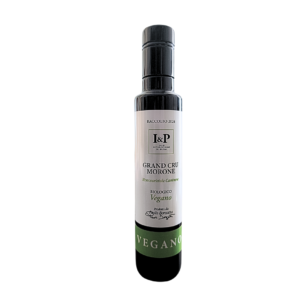KNOWING & APPRECIATING
New oil: 10 recipes to enjoy it at its best!
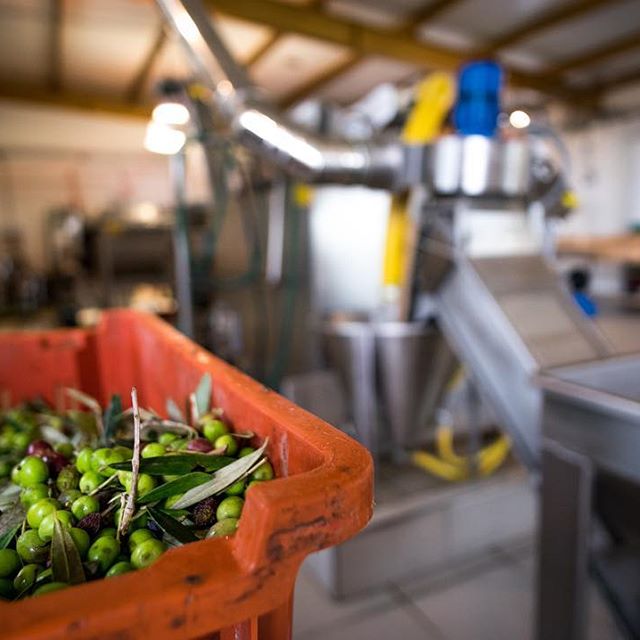
Extra virgin olive oil can be diversified into two subgroups, which are: new oil and old oil.
As the name suggests, new oil has the particularity of recent production.
We can say that an oil is new only if it is less than a year old.
Freshly pressed, extra virgin olive oil still holds a very strong and bitter taste.
From the third month after its production, however, new oil exudes its characteristic flavor and unique aroma, which is why connoisseurs prefer this oil.
But what are the recommended pairings for new oil? With what dishes can we enjoy it?
10 RECIPES WITH NEW OIL

Bread oil and salt or Bruschette alla caprese
Simple, country recipe: cut a slice of bread, pour a drizzle of oil and a pinch of salt over it. Great snack, healthy and quick! The bruschetta variation with cherry tomatoes and buffalo bites is also great.
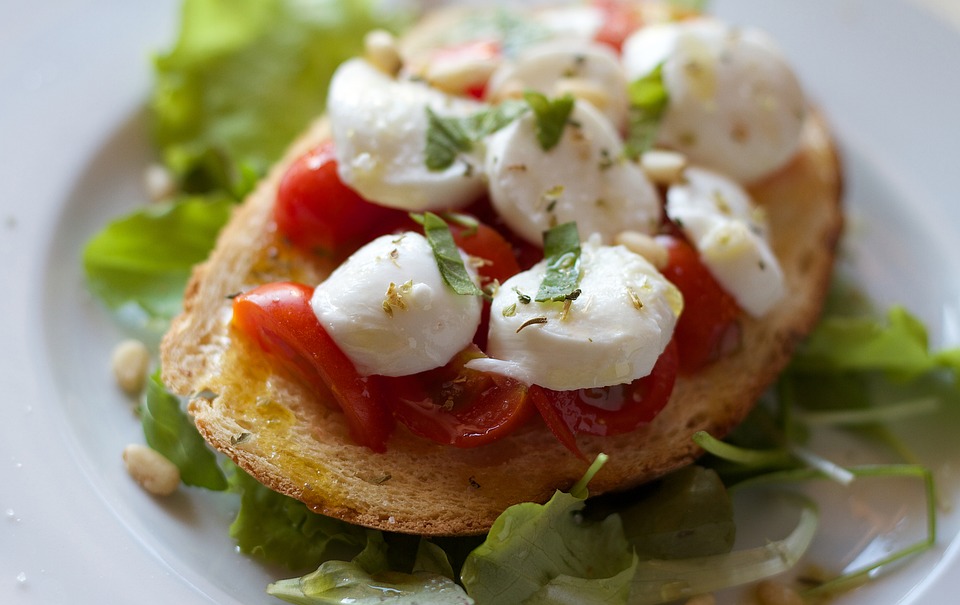

Baked eggplant
Scoop out the eggplant flesh and cube it. Heat new oil, place anchovy fillets, capers, olives, tomato and the eggplant flesh cubes in the pan. Cook for a few minutes, stuff the eggplant with the resulting mixture and place in the oven for 20 minutes at 180°.

Dried figs
After letting the ripe figs dry, cut them in half and fill with an almond and a few fennel seeds. Drop in a drop of oil and bake at 180° for 20 minutes.

Orecchiette pasta with turnip greens
In a skillet, cook turnip greens with garlic, oil and chili pepper. In the meantime, boil the orecchiette pasta and, once cooked, place it in the pan and stir, putting a drizzle of raw oil on top.

Mussels marinara style
After meticulously washing the mussels, sauté them in a pan with oil, garlic, parsley and a pinch of salt. When they open it will mean they are ready to be brought to the table.
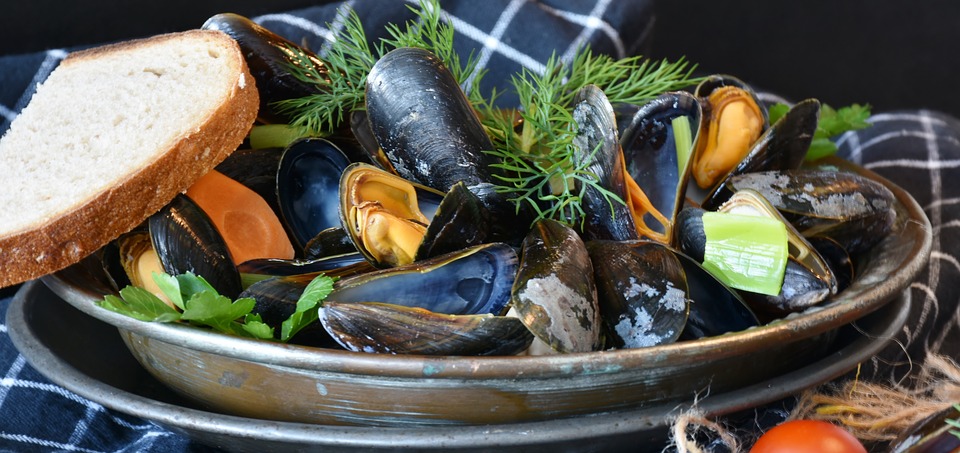

Cartellate
Mix wine, flour, oil and salted water together. You must let the dough rest for 5 hours. Create doughnuts and fry them in boiling oil.

Fish soup
After cleaning cuttlefish, scorpion fish, mussels squid thoroughly cook them in a sauce of tomatoes, garlic, olives and capers. When cooked, add a drizzle of raw oil.

Spaghetti with garlic, oil and chili pepper
Spaghetti garlic, oil olio and chili pepper is a very simple and very quick dish to make. You have to sauté the garlic and chili pepper, paying the utmost attention not to burn them. If you wish, however, you can use dried chili peppers or those who do not like spicy so much can remove the seeds to decrease the spiciness.


Linguine with mixed herbs, tomatoes and spicy oil
Spicy oil is made by sautéing garlic and chili pepper in extra virgin olive oil for a few minutes. Then the cherry tomatoes need to be diced and added to a chopped aromatic herb mixture. The linguine or also called bavette, are then combined with the cherry tomatoes and the whole thing will then be seasoned with the spicy oil.

Mayonnaise
The main ingredients for homemade mayonnaise are three: eggs, oil and lemon. Making mayonnaise is not a complicated operation. Just be careful to always use oil and eggs at room temperature; if too cold, the mayonnaise is likely to not “bind” and pour in both oil and lemon or alternatively 2 tablespoons of white vinegar in drops, waiting for them to be fully incorporated.
COMBINATIONS WITH RAW OIL: THE IMPORTANCE OF FRUITINESS
Raw or cooked, extra virgin olive oil can either praise or harm the taste of the dish to which it is added.
Extra virgin olive oils are divided into light, medium and intense fruity oils.
- Light-fruited oil is prone to sweetness, soft and muted in aroma, with very slight hints of spiciness.
- Medium fruity oil, is a tasty, aromatic and well-balanced oil with stronger and more incisive tones than light fruity.
- And the intensely fruity oil has a penetrating flavor endowed with pronounced bitter and spicy notes: intense fruitiness tingles the throat, as an antioxidant-rich extra virgin olive oil obviously does.
Mild-flavored foods go well with delicate, lightly fruity oils, and a strong-flavored condiment could easily overpower their taste. Conversely, strong-flavored dishes, such as pizza or pasta with sauce go well with medium or intensely fruity oils, which enhance the taste by balancing it.
Similarly, oils with a bitter aroma go well with foods that possess the same characteristics, such as catalogna, chicory, radicchio and other bitter salads.
On the other hand, particularly spicy oils are used to season bruschetta made from homemade bread, legume soups, and tomato sauces, to which they enliven the flavor.
The sweeter oils, with a hint of almond, go nicely with white meats, boiled shellfish, and salmon, while those with scents of artichoke, tomato, and freshly cut grass can be combined with seasonal salads, cereal soups, roasted fish and hard-boiled eggs.
On the contrary, for “plain” dishes, such as boiled rice, pasta, boiled potatoes, focaccia, or homemade bread, the only advice one can give is to give free rein to one’s taste on the subject of oil.








